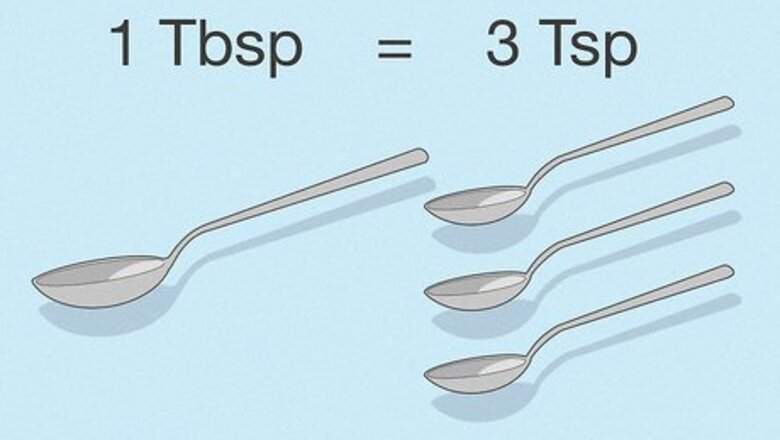
views
- One tablespoon is equal to 3 teaspoons, or 1/16 of a cup.
- If you’re measuring liquids, 1 tbsp equals around 15 mL.
- Roughly approximate the tip of your thumb to be the same size as a 1 tbsp portion.
Tablespoon Equivalents
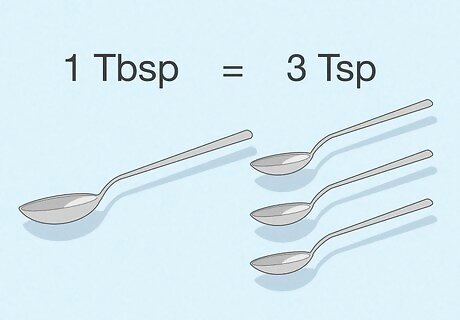
3 level teaspoons In the mathematical world of measuring cups and spoons, 1 tablespoon is equivalent to 3 teaspoons. By extension, the following measurements also equal 1 tbsp:
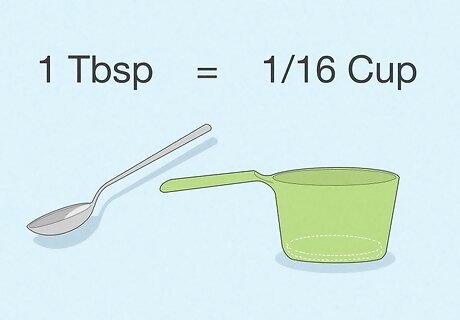
1/16 of a cup If you have nothing to measure with aside from a large measuring cup, pour your ingredient in so it’s coating the bottom of the cup very lightly. A tablespoon equals 1/16 of a cup, or: ⅛ of a ½ cup ¼ of a ¼ cup ½ of an ⅛ cup
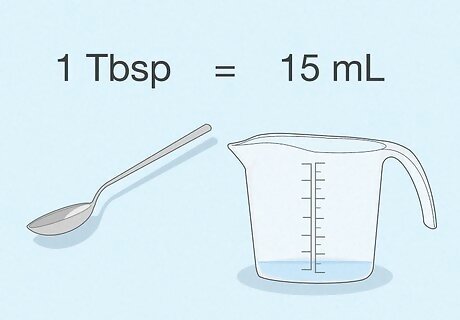
15 mL of any liquid If you’re working with wet ingredients, a small liquid measuring cup may help you measure out 15 mL of whatever ingredient you’re using. Keep it in mind, though, that mL only measures volume (fluids), and shouldn’t be used for dry ingredients.
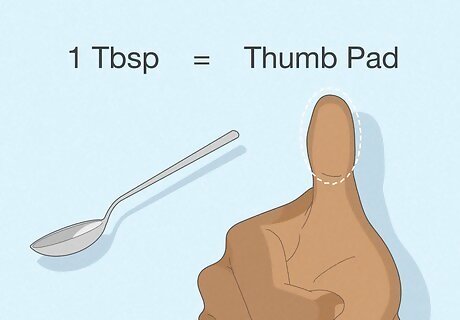
Tip of your thumb Look at your thumb pad, from the upper crease of your knuckle to the curved tip. This is roughly the same size as 1 tbsp of any given ingredient, and can be helpful if you’re measuring on the fly.
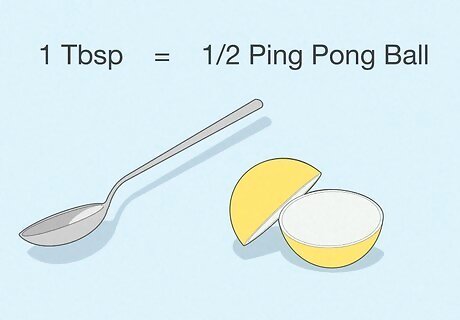
½ a ping pong ball From a visual standpoint, it helps to compare an ingredient to a ping pong ball that’s cut in half evenly. Around 1 tbsp of an ingredient is roughly the same size as this shape.
How to Properly Measure a Tablespoon
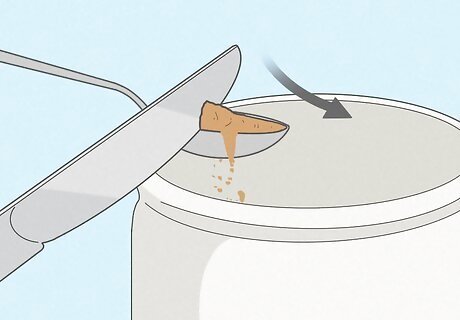
Dry ingredients Tilt the container of your dry ingredient and stick the tablespoon inside, lifting up enough of the ingredient so the spoon is overflowing. Then, use the blunt edge of a butter knife (or another flat item, like a chopstick), to level off the overflowing ingredient. Use this process when measuring dry ingredients with any type of measuring cup. Alternative: Use a kitchen scale to get the most accurate measurements for your dry ingredients.
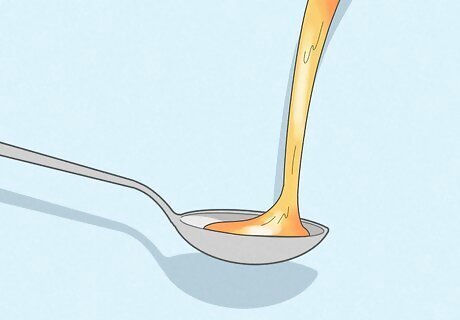
Wet ingredients Pour the wet ingredient directly into your tablespoon until it’s completely full. You don’t need to bother with a liquid measuring cup when you only need a small amount of a certain ingredient.
Common Dry Ingredient Measurements
Measuring your ingredients by weight allows you to be more accurate. Dry ingredients are measured in weight rather than volume—in other words, 1 tablespoon of flour doesn’t weigh the same as 1 tablespoon of sugar, which doesn’t weigh the same as 1 tablespoon of brown sugar, and so on and so forth. Using a kitchen scale to measure the precise weight of your ingredients helps you capture the ratio of ingredients needed for your recipes—and to help you out, we’ve created a cheat sheet with the weights (in grams) for common dry ingredients.



















Comments
0 comment